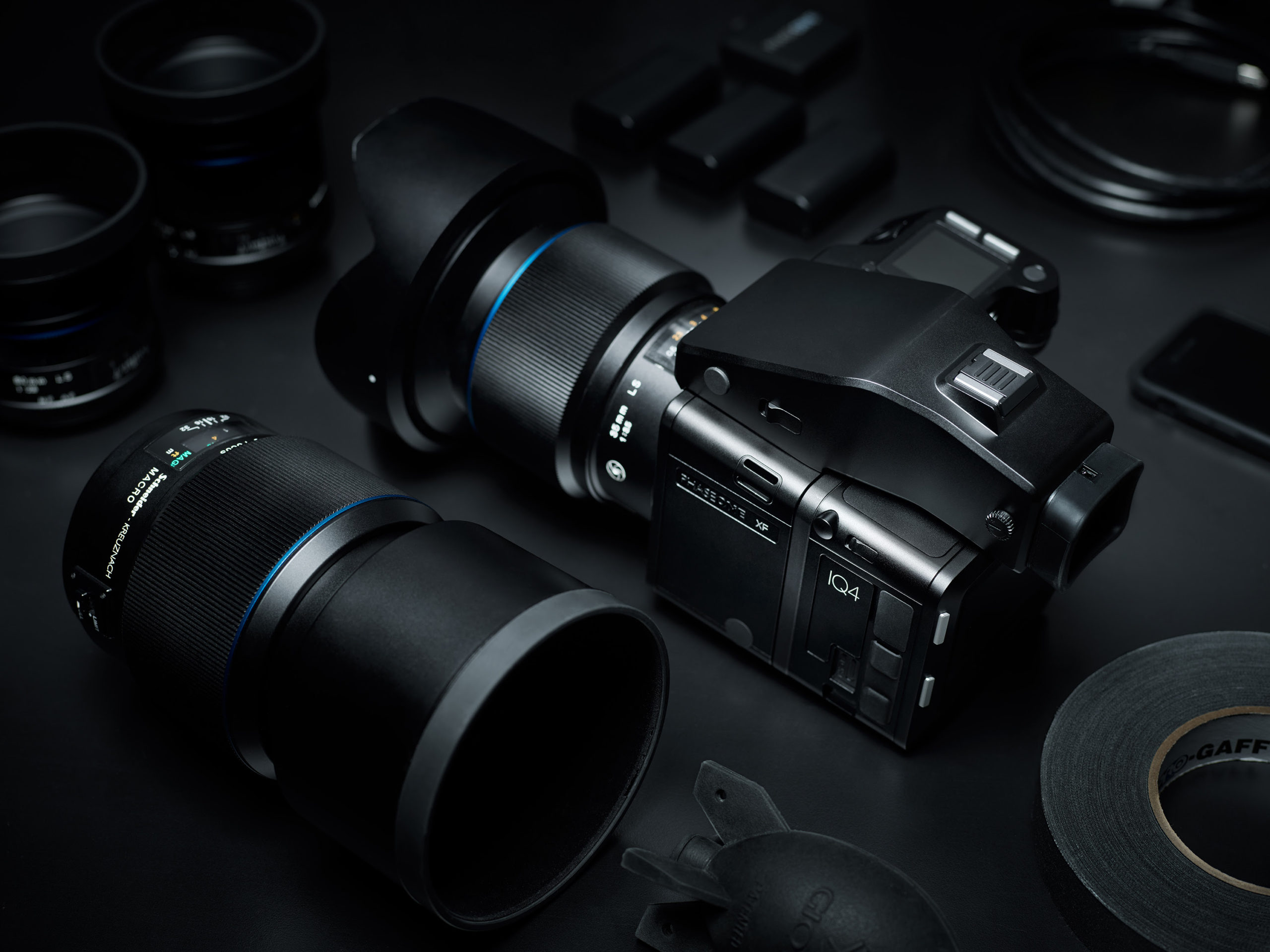march, 2020

Event Details
We'd like to encourage our friends and family to join us in making the best use of our time while we’re practicing social distancing by investing in ourselves. Our way of facilitating that
Event Details
We’d like to encourage our friends and family to join us in making the best use of our time while we’re practicing social distancing by investing in ourselves. Our way of facilitating that is to launch “Project Lemonade” – an ongoing series of informative and (hopefully) entertaining webinars that you’ll be able to join remotely. There will be a variety of topics, from hardware tips & software tutorials, to project workflows and digitization case studies, making this a perfect way to spend an idle hour or two, while simultaneously adding to your knowledge and understanding of photography.
In this webinar we’ll offer a rundown of the nature of dynamic range, noise, sensor technology, quantum mechanics, the nature of measuring light, and how these theoretical topics can help us produce more beautiful images. Scenes with a wide range of tone (e.g. a landscape image with bright clouds and dark tree bark in harsh shadows) can challenge even the most capable camera’s dynamic range. In this webinar you’ll learn both the theory and the practice, of maximizing the dynamic range of your camera, regardless of what make or model of camera you’ll use, squeezing every last iota of pleasing shadow detail from a scene without losing the brightest highlights, all the while avoiding the garish look of poorly done HDR imaging.
Lau is an ideal instructor for this topic. His formal education is a Masters in Image Processing and Electrical Engineering. Now, as Chief Visionary Officer (and former Head of R+D), Lau focuses heavily on the technologies both hardware, firmware, and software, that allows Phase One cameras to lead the industry in both theoretical and realized dynamic range.
Topics during the presentation will include:
- Collecting Light: A technical run through of how light is collected for digital photography and how the uncertainty of quantum physics makes digital photography an inherently tricky wicket!
- Modern EBTR: Digital photography theorists have long promoted a concept called Expose To The Right (ETTR), but in the last few years improvements in software have allowed Exposing Right by leveraging one-channel recovery. For some subjects this allows more than one stop of additional exposure, greatly improving shadows.
- Diagnosing the Raw Histogram: The histogram on your camera, unless it’s a Phase One, is lying to you, because it’s only showing you a JPG histogram. We’ll discuss how to best use the histogram from any camera, even when it lies to you.
- ISO and Capture Mode: Many cameras have settings that affect native Dynamic Range such as higher or lower bit-depth capture. We’ll look at practical examples of the impact these choices make on highlight and shadow retention.
- Breaking the Laws of Physics: Tools like Frame Averaging and the DualExposure+ feature of the Phase One IQ4 make “computational photography” far faster and easier, but we’ll look at the underlying techniques themselves, which can be applied using any camera.
- Software: Not all raw software is the same. We’ll compare the deep shadow recovery and scene rendering of Capture One and how it can help you create images that include wide scene dynamic range without turning the image into a gnarly HDR mess.
Wether you’ve shot Phase One before or are just curious about why our clients choose medium format, we invite photographers of all experience levels and camera platforms/formats to expand their photography knowledge with this interesting technical overview.
REGISTER FOR THE WEBINAR HERE
Can’t make the scheduled time? No worries! If you’d still like to see the information go ahead and register for the webinar and you’ll receive an automated email from our webinar service with a replay link. If you don’t receive this email, check your spam, then contact us for help.
Disclaimer: During these challenging times many companies are switching to online options for business and leisure. The increased demand in web services may cause technical issues which can display as errors in audio and visual quality. We’ve tested our hardware and are doing our very best to provide you with the highest quality webinar experience. On your end, you can help improve audio visual quality of the live stream by hardwiring your system with an ethernet cable to a router or using high speed wifi.
Time
(Tuesday) 11:00 am
